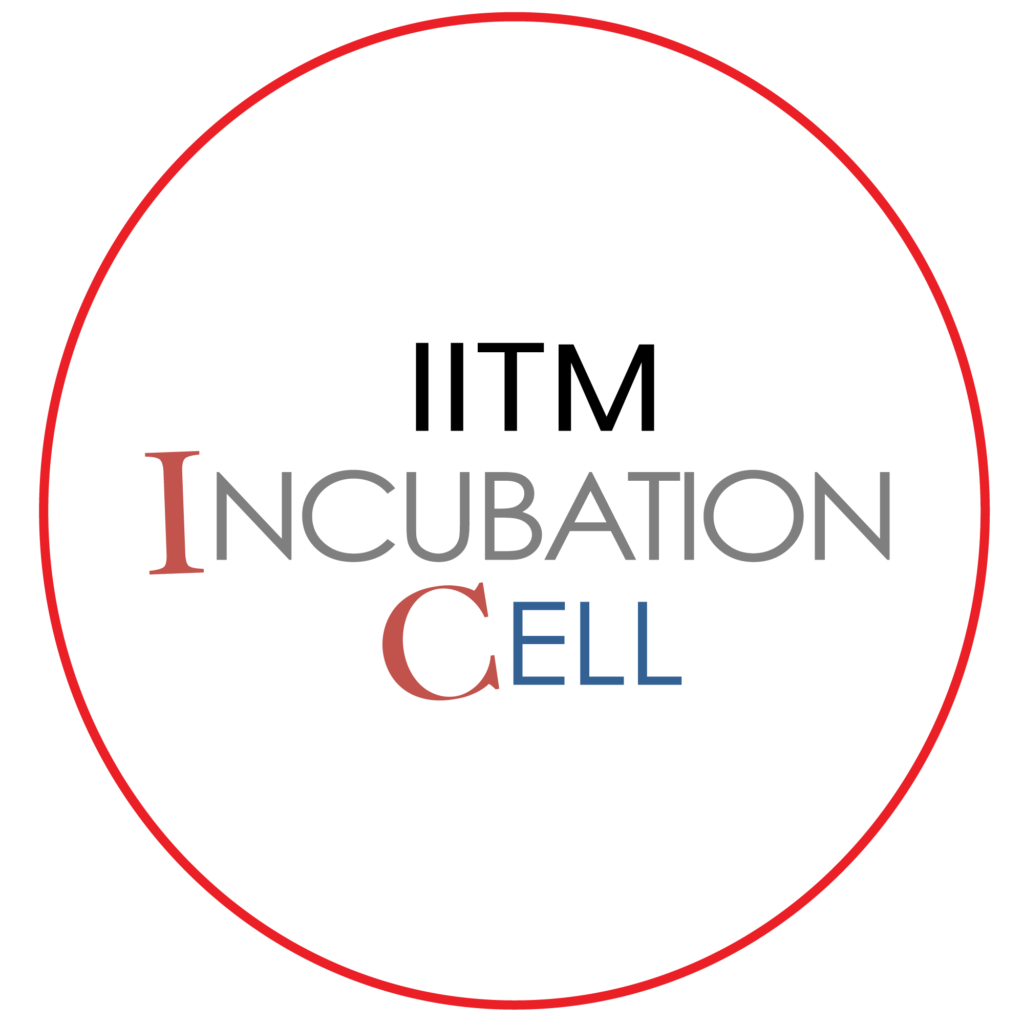Module 2.1: Introduction
Designing assistive technology products is not just about creating a device or gadget, it involves empathizing with unique needs, collaborating with experts and end-users, and creating innovative solutions that improve lives. The process of designing assistive technology products involves collaboration between engineers, designers, healthcare professionals, and most importantly, the end-users themselves. It’s a rewarding experience that enables designers to make a positive impact on society and create a world that is more inclusive and accessible for everyone.
At the global level, WHO has shortlisted the fifty most essential assistive products that every nation must provide for its citizens with disabilities. It’s still a challenge for people with disabilities to find everyday products that are suited to them. To ensure that persons with disabilities have access to good-quality AT products and service, WHO has recently published the ‘Assistive Product Specifications’ document.
- Design thinking process to identify and refine a solution
- Commercialization and rollout of product


